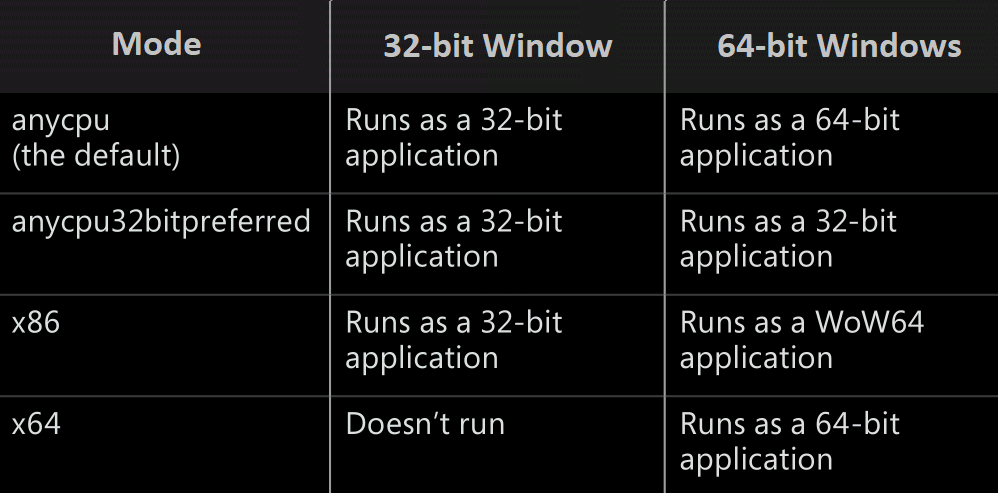
It is unclear to me how the compiler will automatically know to compile for 64-bit when it needs to. How does it know when it can confidently target 32-bit?
I am mainly curious about how the compiler knows which architecture to target when compiling. Does it analyze the code and make a decision based on what it finds?

